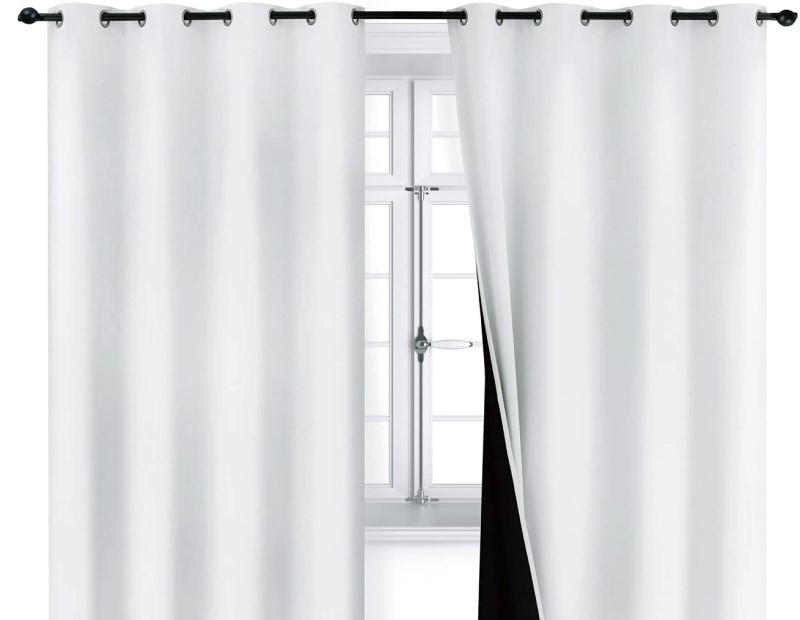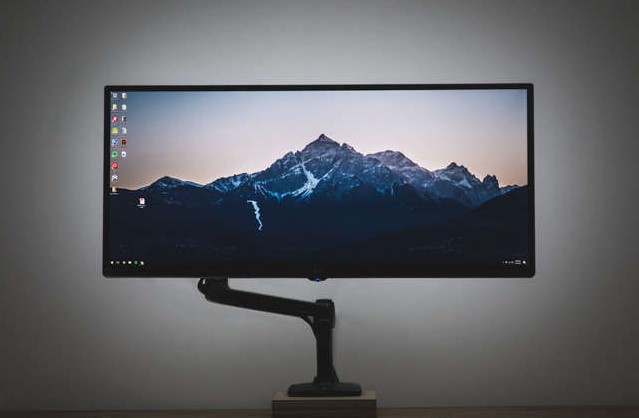How To Reduce Screen Glare
No TV claims to be “non-glare” for a reason. You can never completely remove all reflections and still see the image coming from the TV. For this reason, an anti-glare screen will help, but it will be infinitely more effective if you also do your part. What can you do to reduce screen glare even if your TV doesn’t have an anti-glare coating? Let’s discuss!
Think Carefully About Placement
The first and most important step is to be very mindful about placement. Glare cannot happen if there is no light to reflect off the screen. This means that when you are choosing where to place your TV, you take light sources into account. Yes, we realize that you already placed all your furniture and you don’t want to move it. Take a moment and look around your room. Are there windows? Will light shine through and at such an angle to create a glare? Where are your lamps? Will they reflect on the screen?
The easy solution is to carefully place your TV so that any screen glare from these light sources is eliminated or at least reduced. Even if you do this, however, you may find that you have some glare.

Buy Some Window Coverings
Windows are the prime culprit for screen glare. They are large, can’t be moved, and are designed to let in light. You may not always watch during the day, but when you do, you want to be able to see your screen. If you can’t move your TV or your windows, it is time to buy some sort of window covering.
There are tons of options out there. From your traditional drapes to cellular blinds, it isn’t hard to find something that will fit your aesthetic. The key is to find something that will, as completely as possible, block the light. In most cases, these will be labeled “blackout” or something similar. While there will probably be some light leakage around them, they will significantly reduce the amount of screen glare.
Adjust TV Angle
Screen glare is just like using a mirror. Your TV screen reflects at very specific angles. It often doesn’t take much to change that angle enough so that the glare isn’t visible. If you’ve been careful about placement, then a small adjustment of the angle of the TV could completely eliminate any screen glare. This could be moving it slightly on the furniture upon which it sits or adjusting your wall mount. If you are seeing a little screen glare, you can likely reduce or eliminate it with a small adjustment.
Different Brightness Settings for Daytime Viewing
If you can’t completely eliminate screen glare, you might be able to overcome it with an adjustment to your brightness and/or backlight settings. In order to get the best overall picture, many TVs will be optimized for low-light viewing. You can have a separate setting for high-light or daytime viewing. This will increase the backlight and brightness settings so that any screen glare is unnoticeable. Sure, your black levels and color accuracy might suffer, but it will likely be immaterial in a high-light environment and is way better than screen glare.

Adjust In-Room Lighting
If the screen glare is caused by in-room lighting, it’s time to make some changes. You may have heard (correctly) that having some light in your room will help with eye fatigue. If your only light source is creating screen glare, you may feel like you are in a catch-22. Either you have screen glare or you get a headache!
If you want to have some lights on in the room when you are watching TV but don’t want screen glare, consider bias lighting. Bias lighting is placed behind your TV and reflects off the wall. It can add ambient light without risking screen glare. Check out our review of the Govee Envisual TV Backlight T2 for a great option.
Have you dealt with screen glare? What did you do to fix it? Let us know in the comments below!


